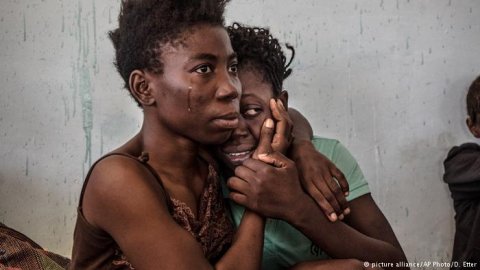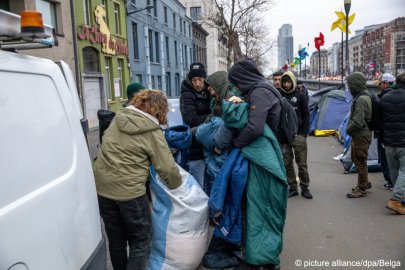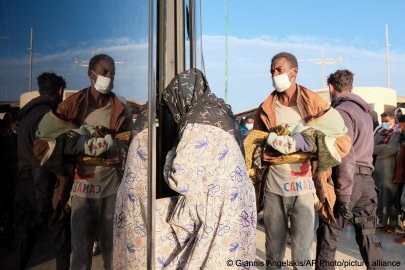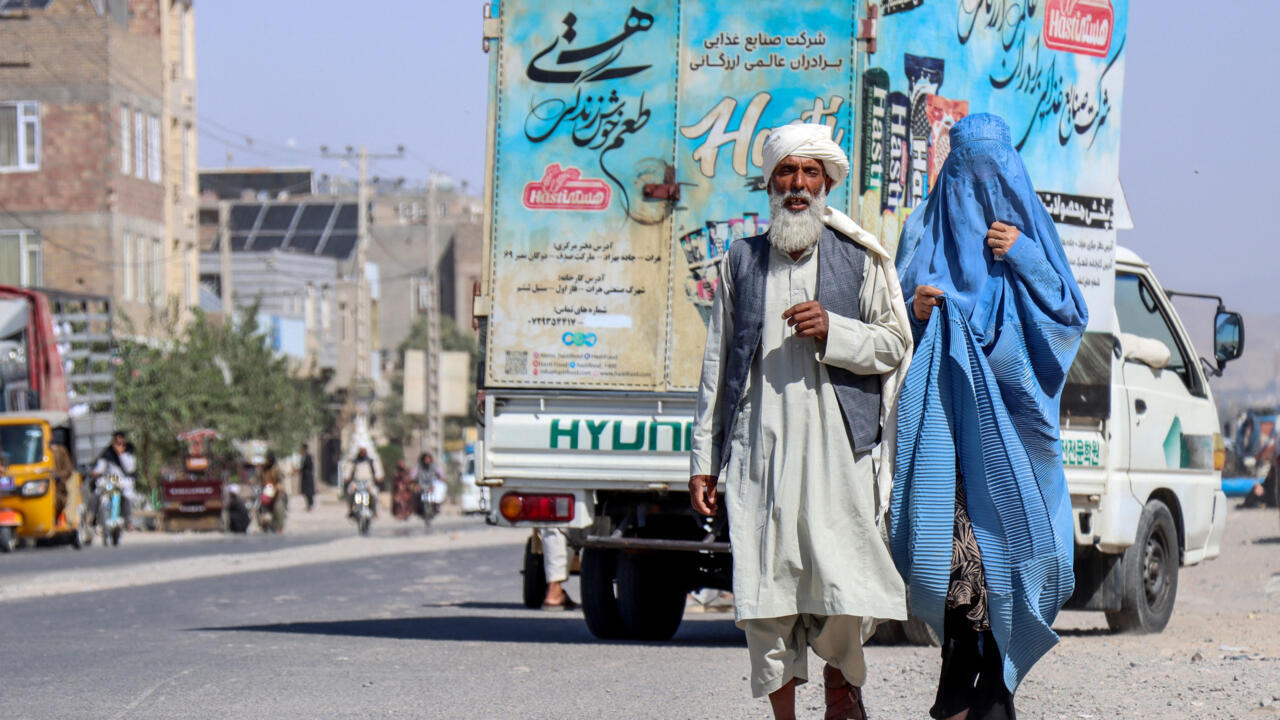Europe, migration and the perennial question of integration 10 years on – part 2
Source: InfoMigrants: reliable and verified news for migrants – InfoMigrants
The European landscape changed forever when in the late summer months of 2015 thousands upon thousands of people started to reach the EU in search of a better and — above all — safer life. We take a comprehensive look back at the major events that have since had a major impact on the European migration debate over the past decade, assessing how the past will continue to inform the future. This is the second part in a series of five articles, focusing on 2017 and 2018.
“Wir schaffen das.”
Translation: “We will cope.”
The consequences of these three words might in future be regarded as having had the biggest lasting impact on Europe since the end of World War II — perhaps only second to the fall of the Berlin Wall and the subsequent end of the Cold War.
Former German Chancellor Angela Merkel uttered this short sentence during a press conference on August 31, 2015, telling the world that Germany and Europe at large would confidently manage the growing number of refugees and migrants reaching the continent from all over the world, in particular from war-torn Syria.
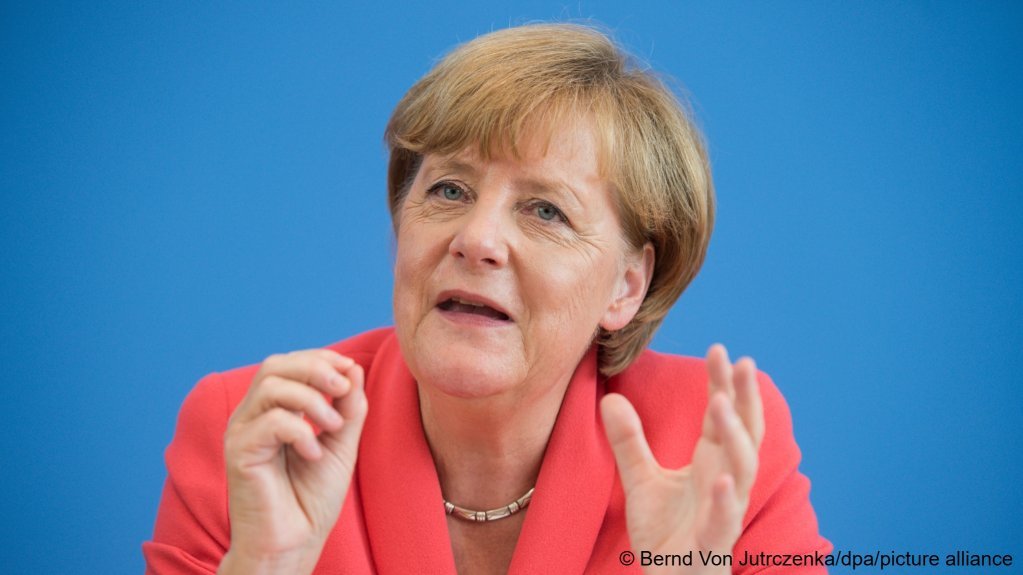
Many things have changed in the ten years since. New refugee and migration movements happened, and the continent has witnessed seismic shifts in policies and politics, as well as in attitudes toward migration.
InfoMigrants looks at some of at the biggest events of the past decade, exploring whether — and how — Europe did manage to cope in the end.
This article looks specifically at the years 2017 and 2018 as part of series.
2017: ‘Fortress Europe’ and other slogans
Balkan route effectively closed
Nearly all refugees and migrants, who in the past two years had journeyed from Greece to central Europe, made use of the so-called Balkan route, which basically incorporates all countries of the former Yugoslavia (such as North Macedonia, Serbia as well as Bosnia and Herzegovina). Countries such as Croatia and Hungary had started to significantly beef up their border security measures starting in 2016 already, carrying this further into 2017.
Hungary in particular became nearly impenetrable for migrants, with Prime Minister Viktor Orban’s government decreeing that only one person would be allowed in to seek asylum per day; the very few who were admitted into Hungary reported being held in prison-like conditions and systematically being starved so they would volunteer to withdraw their asylum case. The government however has always rejected claims of mistreating asylum seekers.
In 2017, Hungary also erected further fences with its neighbors like Serbia to make sure that migrants could not enter the EU member state. Many people thus ended up stuck in the various Balkan nations — especially Serbia and Bosnia — putting pressure on those governments to look after them. People who did succeed in entering EU territory began to face often-brutal pushbacks, which remain illegal under international law.
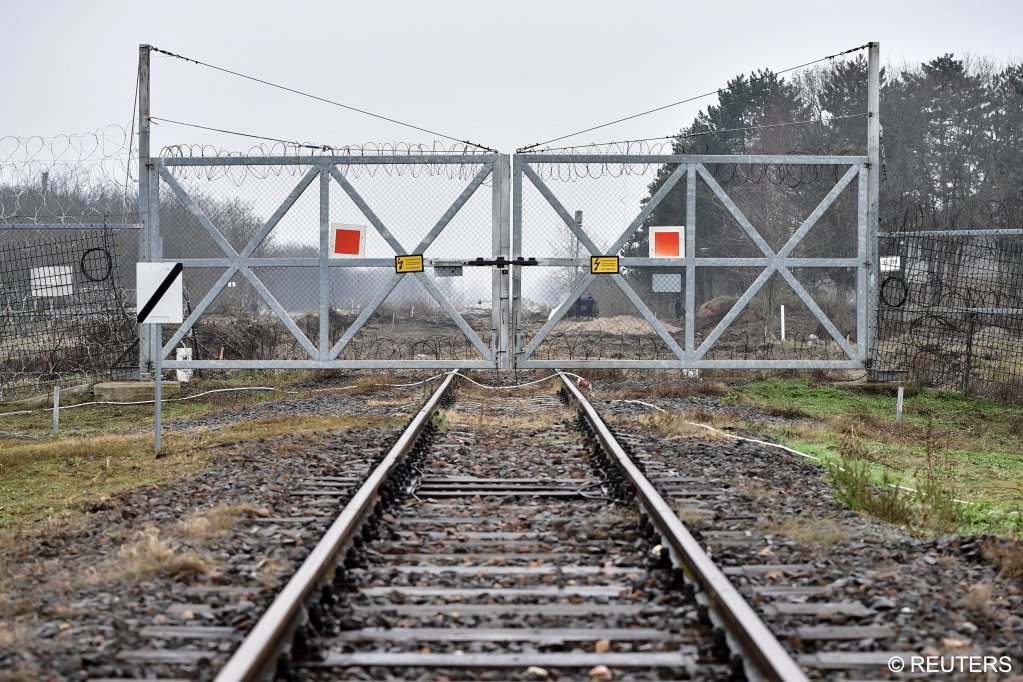
Bulgaria meanwhile erected a fortified fence along its land border with Turkey with the help of the European Union, making it more difficult for migrants using the land route from Turkey to get into Europe. As a full member of the EU, Bulgaria sought to avoid becoming one of the next countries at the forefront of the migration situation and largely succeeded, also by deploying additional officials at its border. The European Union was increasingly being regarded from the outside as a “fortress” — though this slogan had been in use already for many years. Migrants, meanwhile, started to seek out increasingly longer and more dangerous routes to make it into Central Europe anyway.
Libya becomes main point of departure in North Africa
It had been over five years at this point that former Libyan dictator Muammar Gaddafi had been toppled; however, democratic principles and rule of law failed to truly take root in the North African country, with rivaling tribes continuing a state of civil war. In this power vacuum, Libya quickly rose to become the main port of departure for migrants coming from all over Africa and beyond.
Not only did the frequency of migrant boat departures — and shipwrecks — become a major issue for the European Union (in particular Italy), but so did the conditions in the country for migrant populations. Reports of severe human rights abuses started to emerge from Libya and also from other parts of Africa used by migrants as transit countries.
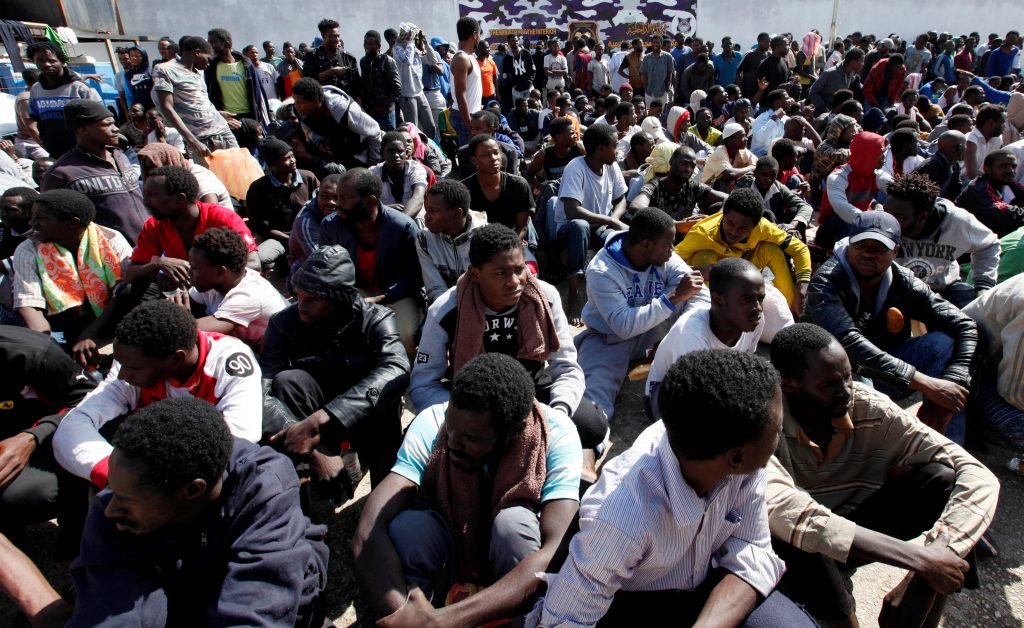
The EU nevertheless intensified its cooperation with Libya’s officially recognized government to train its coast guard to hold back people departing from the country’s shores on unseaworthy vessels — with mixed results. Concerns also grew about the fate of migrants intercepted and returned to Libya, where detention centers were characterized by overcrowding, neglect, and inhumane treatment. Reports of forced labor, slavery, abuse, abductions for ransom, extortion, torture, involuntary killings as well as murders began to taint Europe’s relationship with its Libyan partner. The EU, however, even allowed Libya to expand its authorities by the end of the year, attracting condemnation from human rights groups while also succeeding in dropping arrival numbers in Italy for the first time in years.
Humanitarian sea rescues under fire: accused of being a pull factor
2017 also firmly turned the issue of privately organized sea rescue missions by NGOs and charities into a political bargaining chip. Perceived previously as humanitarian assistance on the very fringes of the migration debate, the life-saving work of organizations such as Doctors Without Borders (MSF), Sea-Watch, Sea-Eye and SOS Mediterranee was cast in the spotlight, with the Italian government claiming that their work amounted to being a “pull factor” for migrants and their smugglers. Some even went as far as claiming that these NGOs were deliberately colluding with smugglers for their own gain, which has never been proven.
Over the years, the work of such charities has repeatedly been scrutinized, especially by Italy but also by other national governments, but has nonetheless continued despite repeated legal issues and policy changes affecting sea rescue operations. Under international law, sea rescue and providing safe harbor are not only a rights but obligations, though attempts to change this definition continue and introduce policies to limit the capabilities of private rescue groups to take hold.
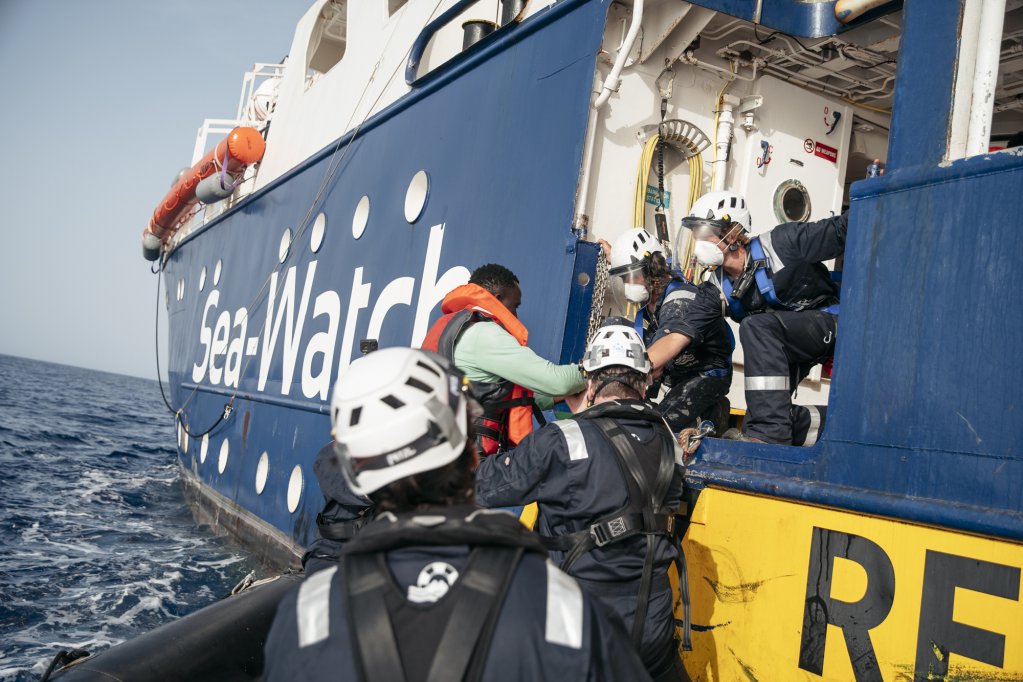
Read Also
Lawyers blame EU migrant policy for crimes against humanity
2018: New routes and new rules
Packed conditions on Greek Islands attract ire — and violence
By this point, the EU-Turkey deal was succeeding in holding back the majority of migrants attempting to cross the Aegean with the help of Frontex. However, the hosting of those who already were there became a bigger issue in some areas than new arrivals, especially in Greece.
Overcrowding on the Greek Island camps on Lesbos, Samos and Chios led to unsanitary conditions, as longer-term facilities in mainland Greece were still being built. The overall conditions at the island migrant centers also led to repeated bouts of violence among the migrant populations there. But local populations also increasingly began to turn against migrants both on the islands as well as on the Greek mainland.
Canary Islands: A migration route re-emerges
Meanwhile, another migrant route started to reemerge on the opposite end of Europe: Spain’s Canary Islands — an archipelago of seven islands located over 1,000 kilometers southwest of mainland Spain — saw a noticeable uptick in arrivals following the 2006 “Cayuco crisis,” when more than 30,000 people reached the islands from West Africa. Numbers, however, dropped significantly in the years that followed. With the majority of people arriving there departing from the West African coast, Spain started to try to approach the governments of that region, especially Morocco, to help stem the flow. Migration on the Atlantic route and rising numbers would remain a major political issue for years to come.
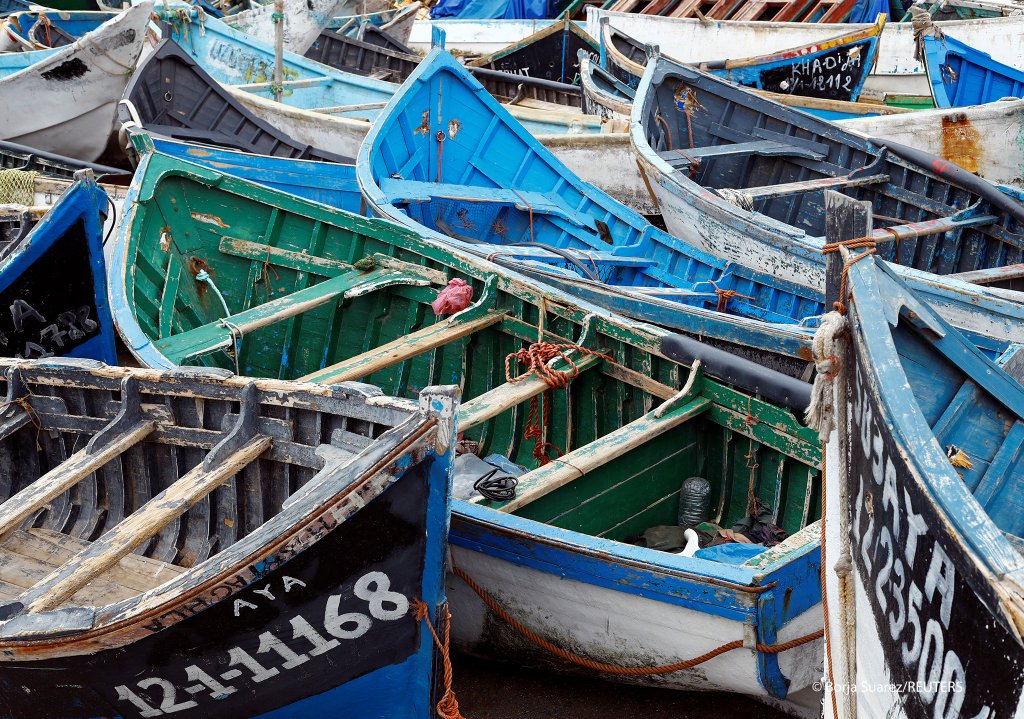
Shift in welcome culture
The overall open-welcome sentiment towards refugees from 2015 and 2016 had also shifted in Germany by 2018, with more attacks against foreigners once again making headlines.
The anti-migrant, far-right AfD party meanwhile gained massively in popularity amid widespread questions over the long-term integration of foreign nationals coming to the country in all political camps. Fiscal questions also arose over how long Germany would be able to afford caring for so many people, with 2018 seeing some of the highest government spending ever on asylum seekers. Many migrants and refugees meanwhile have since started describing Germany as not friendly and welcoming towards them at all, with some going as far as claiming that there is systematic racism at the heart of nearly all interactions in the country.
The Salvini Decree and Italy’s harder line on migration
At the same in Italy, elections resulted in a notable shift to the right. Italy’s new interior minister at that time, Matteo Salvini, started changing the way the southern European nation dealt with migration as a whole.
According to a new set of laws, known as the Salvini Decree, people seeking protection and asylum in Italy would face a new reality, making it more difficult for them to gain a foothold in the country. In addition to removing humanitarian protection from the qualifiers for asylum, the Salvini Decree also incorporated other new practices such as allowing for longer detention in repatriation centers pending deportation, changes in the way of gaining Italian citizenship and housing new arrivals in collective centers (known as SPRARs) for an indefinite amount of time. As a law intended to dissuade people from coming to Italy, it attracted condemnation from rights groups and well as the European Union.
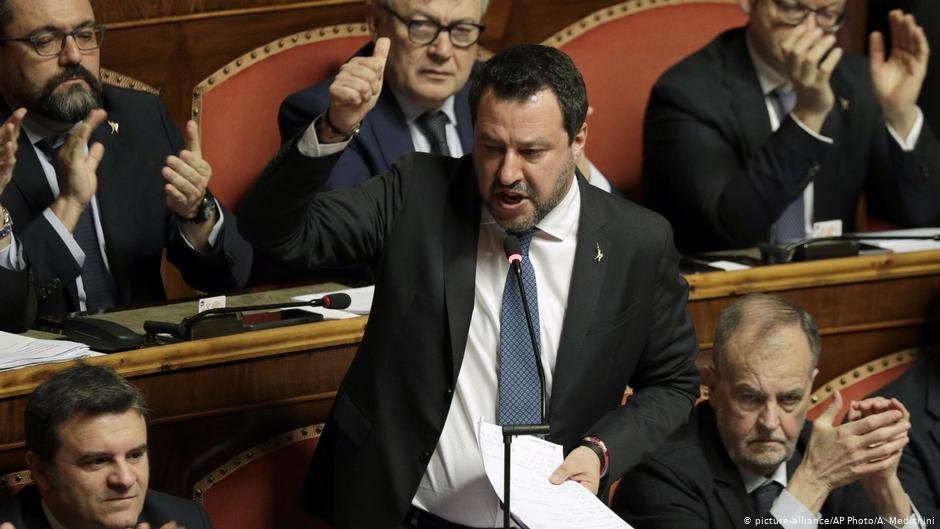
➡️To follow this series, please click on these links:
2015 – 2016: Fleeing conflict and Europe’s response (Part 1)
2017 – 2018: ‘Fortress Europe’ and new routes (Part 2)
2019 – 2020: More displacement and COVID-19 (Part 3)
2021 – 2022: New dynamics, wars, and change (Part 4)
2023 – 2025: Tragedies, opportunities, and migration management (Part 5)
Please note that this listicle is not exhaustive of all events that took place since 2015 relating to immigration to Europe. We try to address all individual developments involving migrants, refugees and asylum seekers as well as attitudes and policies related to migration, as part of our ongoing rolling coverage.
The original article: belongs to InfoMigrants: reliable and verified news for migrants – InfoMigrants .
